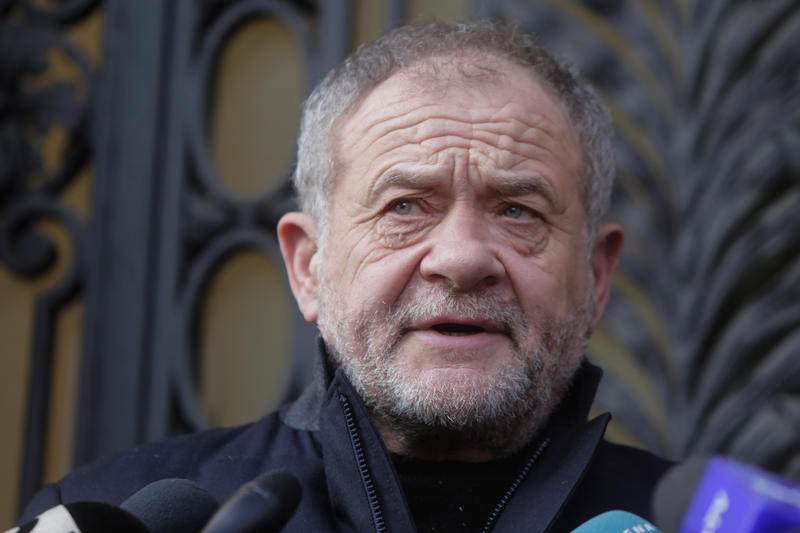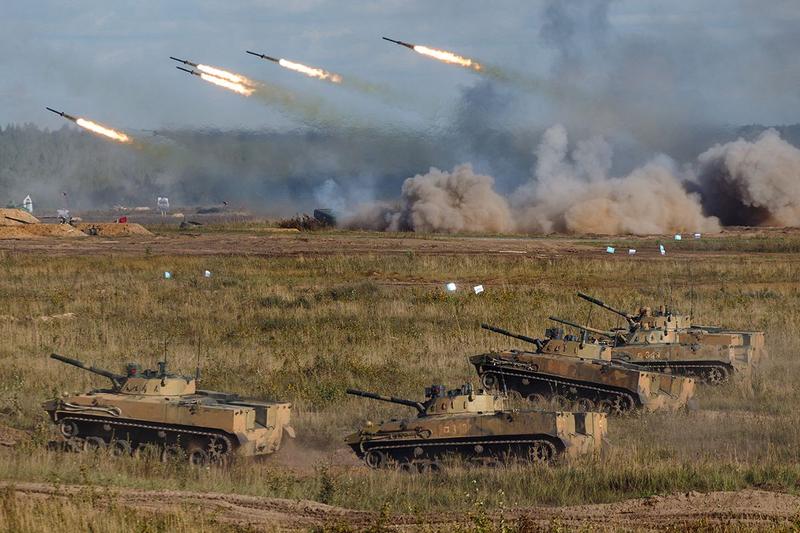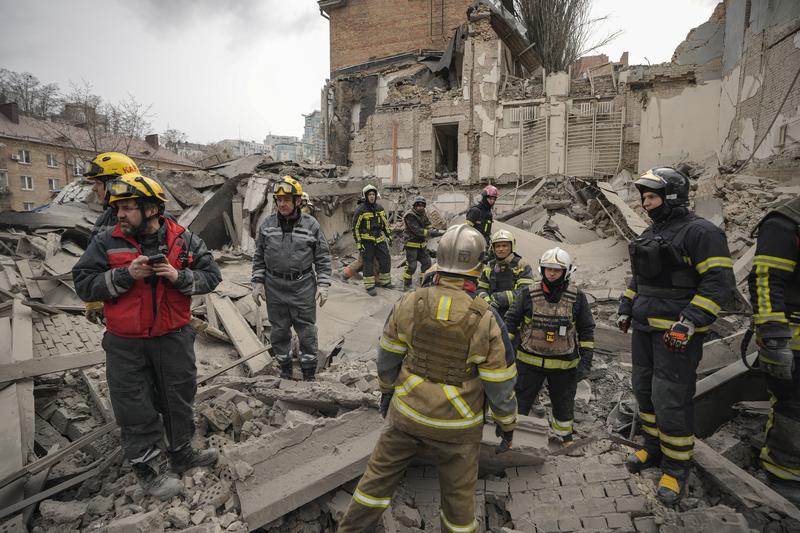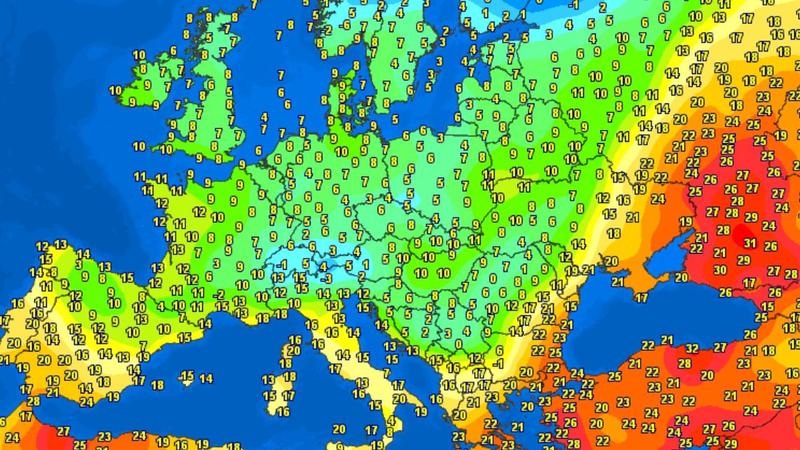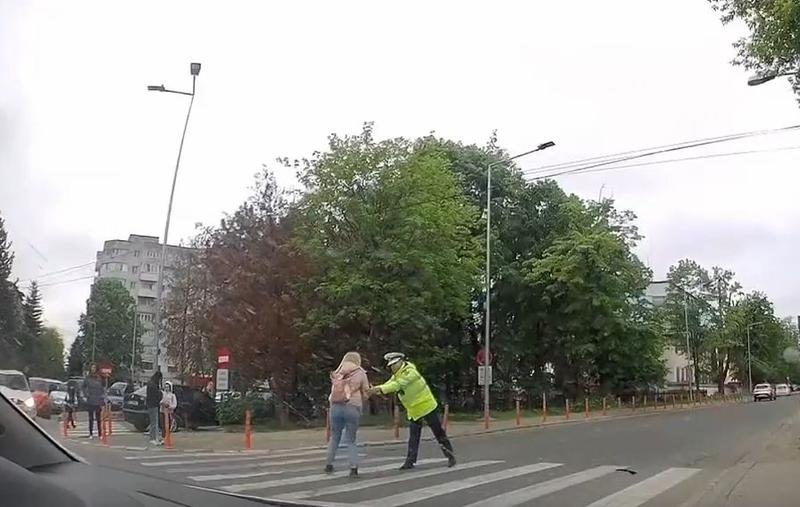A coalition formed of Social Democrats (SDP), Liberals (NLP) and Hungarian Democrats (HUDR) would be probably subject of as much internal tension as the coalition of SDP and Democratic Liberals (DLP), Economist Intelligence Unit analyst Joan Hoey has told HotNews.ro. She believes the best prospects for a stable government in the short term may lie in a government involving technocrats with all-party support.
According to Hoey, "the collapse of the coalition government on October 1st and the ensuing political crisis have highlighted structural and other flaws of the Romanian political system. A multi-party system consisting of three major parties and a number of smaller parties, combined with an electoral system that de facto incorporates proportional representation, means that no single party can win enough seats to form a government and means that the country will inevitably be ruled by coalition or minority governments."
She also points out that "the decision to separate the dates for the presidential and parliamentary elections, made several years ago, also means that the parties constituting a coalition government will be required to oppose each other in mid-term, unless they can agree on a mutually satisfactory distribution of power.
"The flaws in this system have been exacerbated by deep personal animosities among members of the ruling elite which have meant that coalition partners have often been unwilling to compromise on issues of national interest that conflict with personal, or party, interests. As a result, successive coalition governments have been coalitions in name only and have consisted of separate parties pursuing entirely separate agendas and controlling their individual ministries", Hoey argues.
She recalls that "he coalition between the centrist Democratic Liberal Party (DLP) and the alliance of the leftist Social Democratic Party (SDP) and the Conservative Party (CP), the two largest groupings in parliament following elections in November 2008, combined two parties with incompatible economic policies. It came about largely as a result of the inability of the leadership of the centre-right National Liberal Party (NLP) to co-exist with the DLP and form a centre-right government following the November 2008 parliamentary elections".
So, she says, "the DLP-SDP coalition seemed from the start like a highly unsuitable marriage destined to fail. It was only a matter of time. The timing of the present crisis, in the run-up to the November 22nd presidential election when representatives of the former governing parties will be competing against each other, was thus not accidental".
Joan Hoey:
- Although the prime minister, Emil Boc (DLP), and the leader of the SDP. Mircea Geoana, appear to have acted with intransigence, putting party interest ahead of national interests, it is hard to escape the conclusion that one or both parties wanted the coalition to collapse before the presidential elections. Furthermore, it is inconceivable that Mr Boc would have decided to dismiss Mr Nica without first consulting President Basescu.
- The opposition was totally organised yesterday in toppling Boc (even as far a suddenly bringing in 37 absentees just before the vote. It seems that Klaus Johannis must have been consulted long before this week. It is not clear however what advantage there is for him in serving only as an interim prime minister, especially as it appears that he may have to resign as mayor of Sibiu.
- I see that Mr Basescu is reported to have told EU ambassadors that he is about to nominate a government of national unity headed by a technocrat with close links to IMF.Telling EU ambassadors before party leaders does not appear tactful--perhaps the report is mistaken. Could be Lucian Croitoru, but some say could be Mihai Tanasescu (but he is SDP!!!) Mr Croitoru might be seen as too clsoe to LDP.
- It looks as if Mr Basescu is rejecting the Johannis option, which could put him on a collision course with the opposition.
- A coalition embracing the SDP and the NLP and HUDR would probably be subject to as much internal tension as DLP-SDP coalition. There are thus few options for the creation of a stable coalition government that would last the lifetime of the current parliament, with elections next scheduled for late 2012. The best prospects for a stable government in the short term may lie in a government involving technocrats with all-party support.


